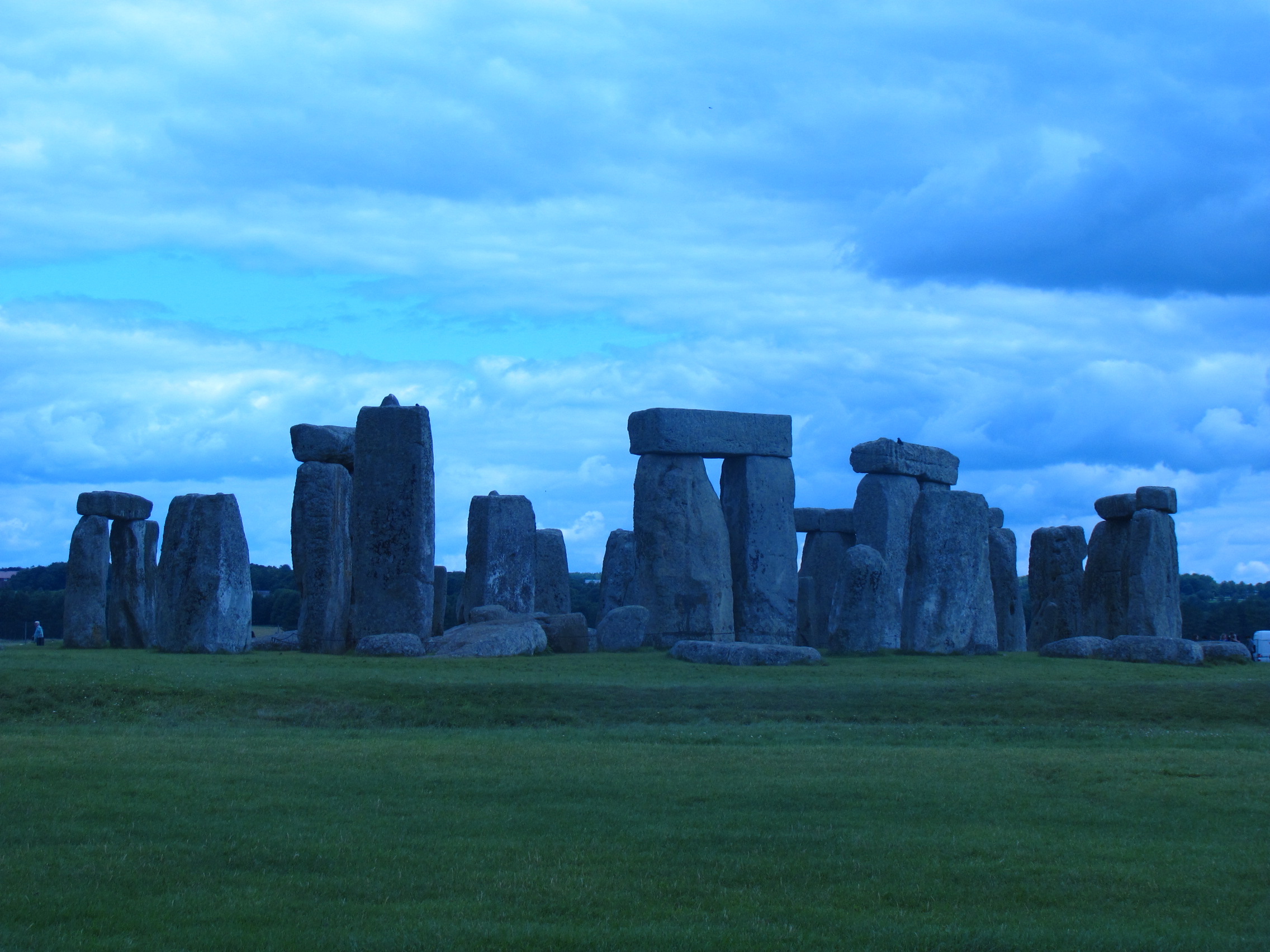
The tourists who visit Stonehenge, in England, or Mont Saint Michel, in France, Machu Picchu, in Peru, due to the large flow and the speed as the visits are processed, lose the opportunity to better realize the history and the myth surrounding these places built in antiquity. Due to agitation and focus on curiosity, visitors give themselves up to mechanical reading, profane, of something that man made sacred in the past.
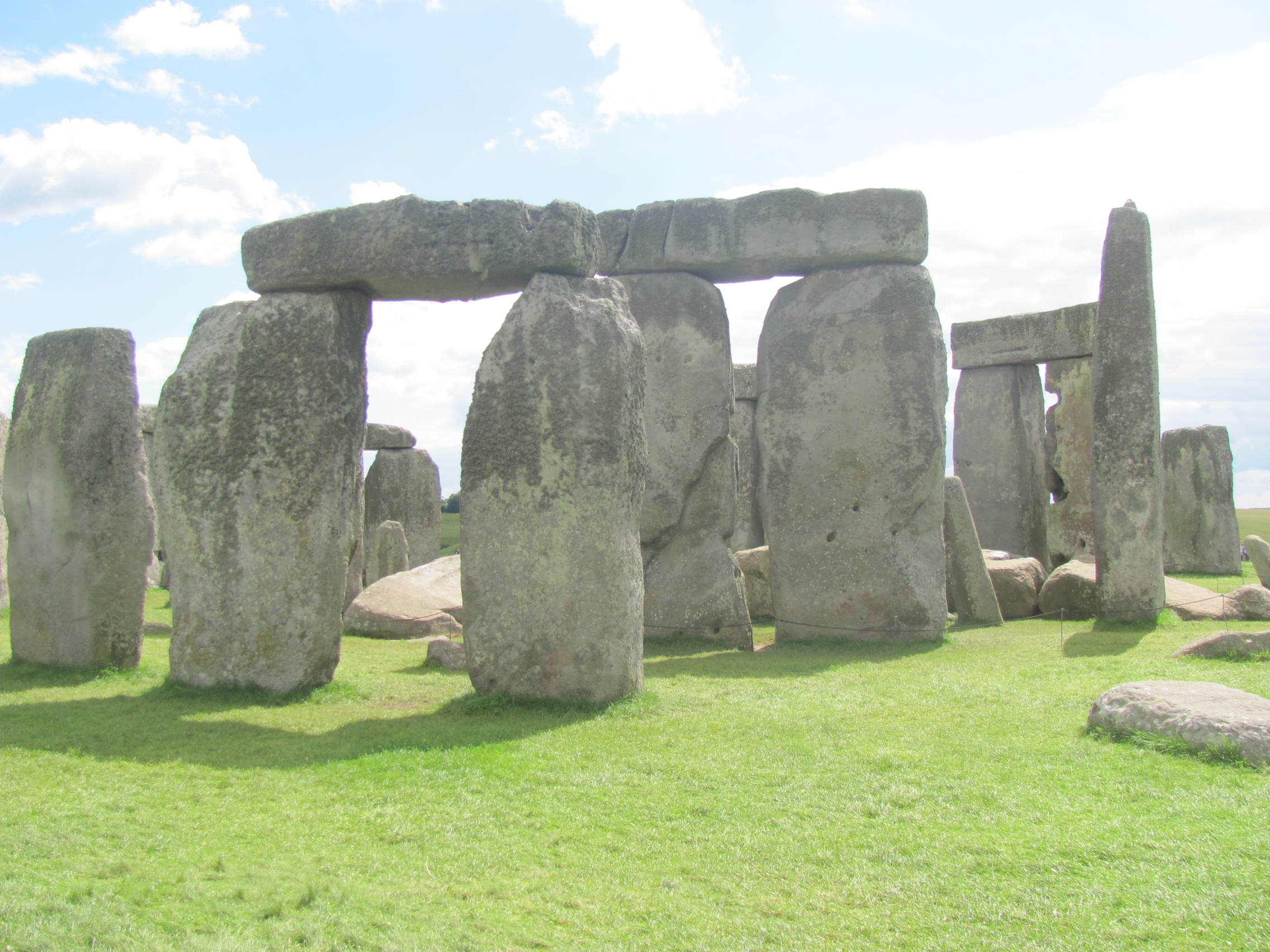
The best way to appreciate the artistic aspects and feel the aura of myth and mystery surrounding these locations, is visiting them by your own or in events organized with the aim of making a greater communion with the historical and spiritual meaning.
Stonehenge
Old stone circles and megalithic (large stones) exists in every part of the world, although little is known about them. It is possible to deduce something about who has erected the smalls British farms from Stonehenge, those united from Silbury to Avebury, in Wiltshite, southwest England, as well as the date of the works and almost nothing about the reason of that. For some, the circles concentrates and diffuses telluric energies, such as acupuncture needles do with the body. Others suggest a connection with fertility rites, but the only thing that seems correct is the connection of these buildings with the seasons.
The megalithic complex of Avebury, in Wiltshire, was built in several steps and in the past it was larger than what the Stonehenge it is today. Estimates that was built in the Neolithic period around 2500 BC. The great circle of stones remained important to the Bronze Age (2200-1500 BC), when many tombs were built nearby. Today, Stonehenge, Avebury and with other small farms associated, form the heart of a World Heritage with a unique and dense concentration of remarkable prehistoric monuments.
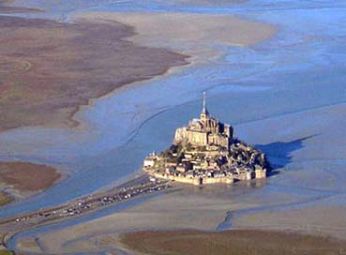
Mont Saint Michel
The sacred island connected to the continent as the tide, in the Normandy region, in France, today attracts thousands of tourists throughout the year to visit the abbey, which in the 18th century became a place of Christian pilgrimage due to Bishop Aubert, of Avranches, have built a shrine dedicated to St. Michael the Archangel. Is believed that the place was used by druids to worship the sun and the god Mithras and also used as a cemetery Celtic. La Merveilhe, a collection of Gothic religious buildings of the 13th century, dominates the island.
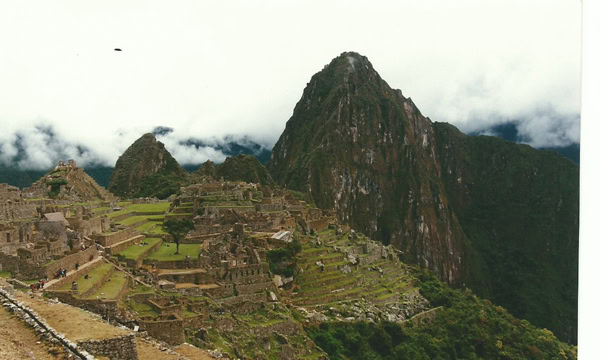
Machu Picchu
The lost city of Machu Picchu, in Peru, high in the Peruvian Andes, is one of the most spectacular places in the world. It is defended on three sides by a pass over a thousand meters deep – where the springs run from the Urubamba River, tributary of the Amazon – and on the fourth side by a mountain crest that acts sometimes as a guardian.
The advantage of traveling on your own is to have almost the whole day to enjoy a place like this. The ticket office in the ruins opens at 9 am and the park closes at 6 pm and, based on it, you can first visit the trails close to the ruins as the one of the Inca brigde, with 30 minutes of walking, and after, the Sun Gate, which requires a two-hour walk. Around 3 pm is when you have to visit the ruins, internally, when the flow of tourists decreases.
Useful information:
red ray ban sunglasses
http://www.english-heritage.org.uk.
http://www.ot-montsaintmichel.com/en/accueil.htm
http://www.manualdoturista.com.br/detalhes.asp?pesquisa=1135&detalhes=7

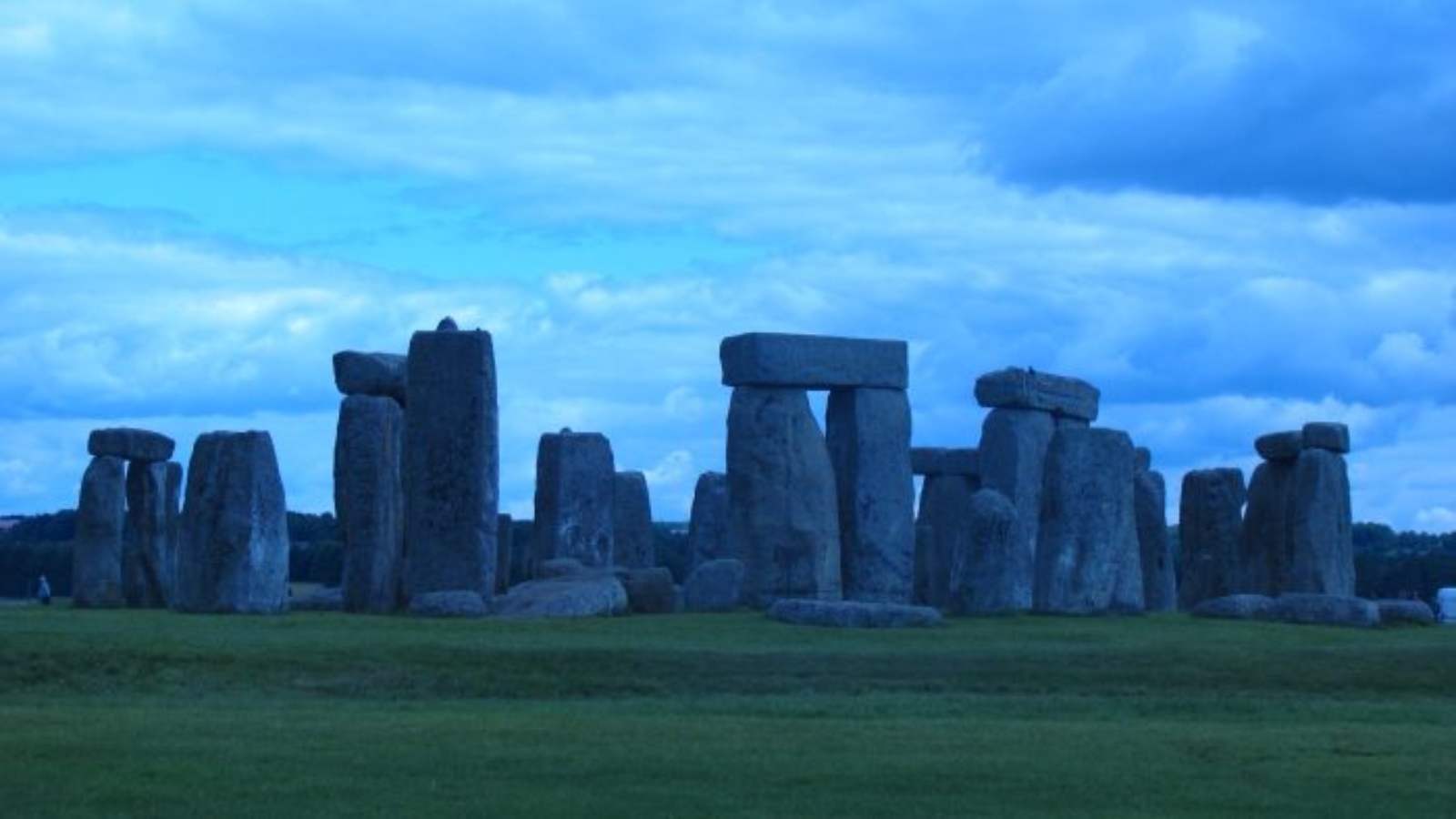
Add a Comment